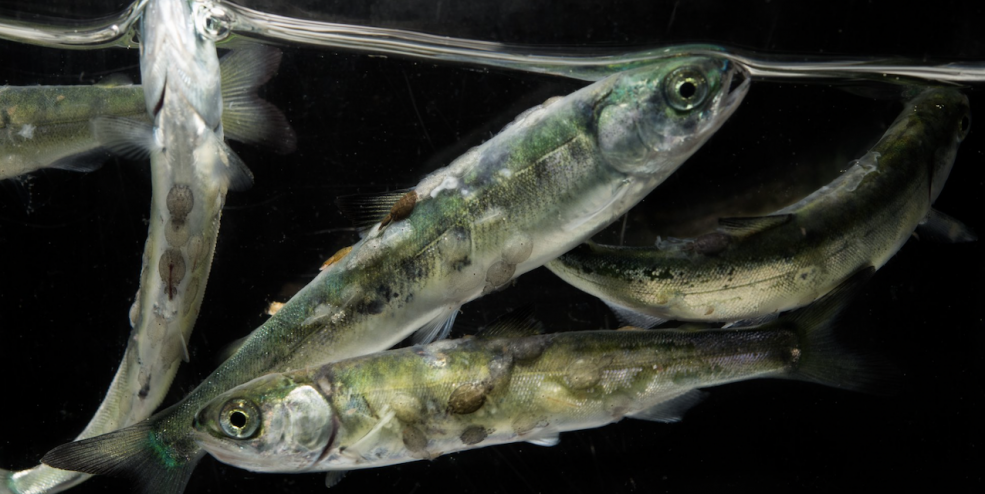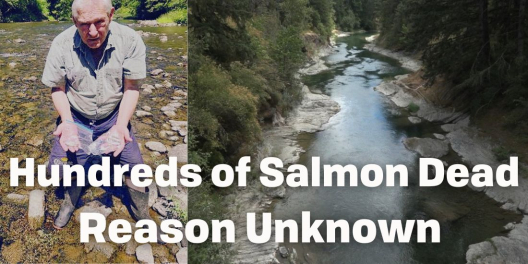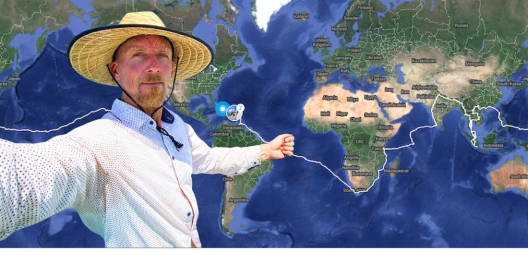The Aquaculture Stewardship Council (ASC) logo is meant to let folks know that they’re choosing seafood that has been “independently certified as farmed responsibly.”
But does it make you think your fillet was covered in parasites? Because from now on, maybe it should.
Delish.
If you haven’t heard about the most common parasite that likes to live in your dinner, it’s sea lice.
Sea lice are a parasite native to BC that attach themselves to salmon and other fish. They eat away at the fish’s mucous and skin layer till they can get at their bloodstream and simply suck away.
It’s disgusting.
The ASC aren’t getting tougher on this issue, though. On the contrary—they’re giving these parasites a pass.
ASC just changed their allowable sea lice levels from only 0.1 mature female sea lice per salmon to 1,550 times that amount.
That means, on average, each farmed salmon can have up to three motile lice and all the eggs that come with them.
This also only covers one species of lice. There are two in BC: Lepeophtheirus salmonis and Caligus.
While L. salmonis is regulated, farmed fish can—and do—carry an unlimited amount of Caligus lice. Those farmed fish still get to market and onto your dinner plate.
Is anyone else gagging?
So besides the ick factor, why is this an issue?
It doesn’t just affect the poor fish cramped into an open-net factory fish farm.
Fish farms have full exposure to the rest of the ocean. That means all the pathogens and parasites in them can spread to the rest of our ecosystems.
And they spread to wild salmon.
Karen Wristen is the executive director of Living Oceans Society. She says her organization, the David Suzuki Foundation, Watershed Watch Salmon Society, Friends of Wild Salmon, and Clayoquot Action are calling for the ASC to go back to the 0.1 standard.
Wristen says she believes ASC changed its allowable sea lice levels so it could certify more farms.
“Their revenue comes from fees paid by farmers for certification so it’s a money-making proposition, certifying farms,” she told The Tyee.
Most people in BC are concerned about fish farms and their effects.
First Nations, wilderness tourism operators, and commercial fishing are all affected by fish farms in their waters. And they want the fish farms out.
Whether you care about our salmon populations or not, at the very least, you should know what is ending up in your food.
You can check any fish farm’s lice levels through the DFO website.
Keep in mind, though, their reports are published six months after they’re prepared.
So if you’re reading a bad report, you probably already ate the bad fish.









